 Abraham Lincoln
If given the truth, the people can be depended upon to meet any national crisis...
Abraham Lincoln
If given the truth, the people can be depended upon to meet any national crisis...
 Guildford news...
for Guildford people, brought to you by Guildford reporters - Guildford's own news service
Guildford news...
for Guildford people, brought to you by Guildford reporters - Guildford's own news service
Birdwatcher’s Diary No.181
Published on: 19 Feb, 2019
Updated on: 19 Feb, 2019
By Malcolm Fincham
A cold start to February throughout the UK brought with it clear skies and a few frosty nights.

Saturn, Venus and the Moon in the chilly night sky just before dawn. Click on pictures to enlarge in a new window.
Saturn and Venus could seen in the south-east quarter of the sky, beside the Moon, just prior to dawn as I looked across Guildford.
A few days later the arrival of the first notable snowfall of the year added some rather picturesque vistas about the Surrey Hills.
Little in quantity, it was enough in rural areas around Guildford to take a few reasonable, rather atmospheric, picture-postcard photos.
I made a visit to Clandon Park with Bob and Dougal on February 2. And as we headed toward the hills of Sheepleas and Effingham Forest, although not greatly productive, it gave me the opportunity of attempting a few shots of both redwings and fieldfares.
There were plenty of them to see, as they plundered the soft soil looking for grubs and worms.
Red-legged partridges were a bonus and a welcome addition to my ‘year’s’ sightings list.
Sheepleas was a quiet one in the way of bird sightings. But it was atmospheric and scenic as we walked through the fine layer of snow that lay noticeably deeper around such rural parts of the Surrey Hills.
Bramblings continued to be viewed there, though mostly distant. They were perched high in the beech trees, counting at least a dozen or more among the chaffinches.
Eventually, I did manage to get a few pictures of some closer to view, as a couple perched out on the edge of a blackthorn hedgerow.
Moving onwards and upwards into the hills of Effingham Forest, we were able to add a few new species to our day’s sightings.
A lesser redpoll, not seen much by us this winter, was a delight, hanging in a familiar pose upside-down, feeding on the catkins of the gracefully drooping branches of a silver birch tree.
A group of common crossbills could be heard, some now singing, at the tops of the tall pine trees.
Occasionally one could be seen, perched at the top of a pine, eventually getting a photo of both the “brick-red” coloured male, as well as the more yellowy coloured female.
Also at the tops of the trees a flock of 20 or more siskins could be viewed.
Lower to ground level in the hollies, yews and rhododendrons, the high pitched sounds of goldcrests could be heard. Constantly on the move and always a challenge to photograph, eventually I managed a picture of one.
Also nearby, we picked-up on the sound of a firecrest. After an equally demanding quest, I eventually got a photo for the records.
Looking up, in the hope of relocating the siskins and in hope of picking out another crossbill, a pair of common buzzards drifting, slowly, overhead.
Elsewhere, the cold spell, though a brief one, continued. An influx of yellowhammers had gatecrashed Bob’s garden in Wood Street Village. The entire population from the surrounding villages I would imagine, as he counted more than 30 birds some days.
In the fields beyond his home as many as three red kites could be seen most days during the first weeks of February.
While common buzzards could be viewed on regular occasions as they flew low across the distant ridge of the field beyond.
A pair of ravens occasionally made a visit during the brief cold spell of weather.
Photographed by myself on one particular visit, as well as hearing their eerie and hoarse ‘gronking’ sounds they emitted as they flew overhead.
At the Riverside Nature Reserve near Burpham, in spite of the cold spell of weather, a few of the black-headed gulls there were already showing signs of regaining their summer dark chocolate-brown heads.
Lined up across the thin layer of ice on the lake must have been more than 150 gulls in total. Most being black-headed, though a few herring gulls as well as a few lesser black-backed ones stood out in the crowd.
A thin layer of ice had also formed along the stretch of canal by Stoke Lock.
Across the field, by the now frozen-over scrape, the only form of of life seen at first was an Egyptian goose. It perched in an oak tree, eyeing up an old owl box as a potential nest site.
Closer inspection between the sedgy clumps of wetland grass below them, I was able to pick out a few well camouflaged, common snipe.
Gingerly walking along the fine layer of snow that lay across the boards, as I continued my venture around the reserve, I also spotted a grey wagtail, darting back and forth and calling as it foraged around the grassy tufts poking out of the icy water.
A small group of long-tailed tits flitted through the sallows that lined the boardwalk.
While the rather tame grey heron gazed out across the lake, unperturbed by my presence.
By February 10, the weather had warmed a little. Late in the afternoon, at the reserve, a drake pochard came to visit the lake. A rare sighting there these days. It mingled among the wintering tufted ducks out on the water.
A great crested grebe on a part of the lake was already showing signs of colouring-up into its summer plumage.
By the island on the lake, three fluffy bottoms could be viewed. They were, of course, rear views of three little grebes (also known as dabchicks).
Including the two little grebes I had seen on the River Wey nearby, seven or more could be seen in the area. A good count of dabchicks around the reserve!
A handful of Canada geese continued to frequent both the lake and the river, often seen flying down on to or out of the water, having long lost their instincts to migrate.
From the towpath of the River Wey, a mute swan flew in from the fields of Bower’s Court Farm. For a large bird, looking quite majestic and graceful as came in to land on the river.
A kestrel hovered near by, just across the river.
A little further downstream near the old road bridge at the Burpham end of the reserve, a cormorant surfaced from one of its underwater dives.
In the warmth of the day’s sunshine blue tits and great tits eagerly chased each other around, singing and enjoying the sunshine.
While a chiffchaff could seen just across the river, fly-catching hatching insects.
A surprise sighting that was well picked out among a group of greylag geese on February 9 at Burpham Court Farm by fellow birdwatcher Steve Chastell, was a pink-footed goose.
It is one of our smaller geese, with a relatively short neck, rounded head and short bill.
They have the appearance that they have dipped their heads and necks into a pool of chocolate.
About 360,000 spend the winter in the UK, making it a really important destination for this bird. They usually all spend the winter exclusively, in Scotland, north-west England and East Anglia.
Rarely kept in captivity, and not ringed, this individual had all the makings of a true wild bird. They are rarely seen in Surrey, and being only the second one Dougal had seen in the area and a first for me.
Although distant, it could be viewed well through a “scope” across the field among a small group of greylags.
Nearby I also saw “my” barn owl for my first time this year in one of its favourite roosts at Bower’s Lock.
On February 7 I took a few photos of the dozen or so wintering goosanders at Pennymead Lake, East Horsley.
These diving ducks are members of the sawbill family, so called because of their long, serrated bills, used for catching fish.
Sexually dimorphic in their appearance. Male goosanders are white, with dark green heads.
Females are grey, with a gingery or reddish-brown head and a white throat.
Just a few days later on February 11, I also visited Cut Mill Pond, Puttenham where another nine wintering goosanders could be viewed, out on the water most days, with five males showing well.
Tucked away in the one of the corners of the lake were a few mandarin ducks.
At Papercourt Water Meadows, near Send, the overwintering short-eared owl continued to show well most days, just before dark.
Although it too early in the day (and limited to time) to see it for myself when I visited on February 13. I was comforted by the memory of a catalogue of pictures I had taken during previous sightings.
Having watched cormorants flying over the marshy meadows, two could be seen as they settled on one of the pylons there. Unfolding their wings, to dry them out.
I caught an in-flight shot of a rose-ringed parakeet, a common sight there, and constantly heard among the trees that line the river and often seen flying overhead.
Near to the lock a pair of Egyptian geese roamed the field nearby.
My best sighting was seen just as I was about to call it a day and return to my car. Across the meadow, although quite distant, a barn owl had come out to hunt.
Hunger must have forced it out to look for food early, as it wasn’t much after 4pm and still in good daylight.
Grateful for the pictures I got, I silently wish it luck, hoping it survived for its own sake, and for me to tell its story another day soon.
Recent Articles
- Guildford Institute’s Crowdfunding Project for Accessible Toilet in its New Community and Wellbeing Centre
- Letter: Guildford – Another Opportunity Missed?
- Letter: GBC’s Corporate Strategy – Where Is the Ambition?
- My Memories of John Mayall at a Ground-breaking Gig in Guildford Nearly Six Decades Ago
- Westborough HMO Plans ‘Losing the Heart of the Street’ Says Resident
- College Invests to Boost Surrey’s Economy and Close Digital Skills Gap
- Community Lottery Brings Big Wins for Local Charities
- GBC Housing Plan Promises ‘A Vibrant Urban Neighbourhood’ Near Town Centre
- Hospital Pillows ‘Shortage’ at the Royal Surrey
- Updated: Caravans Set Up Camp at Ash Manor School


Search in Site
Media Gallery
Dragon Interview: Local Artist Leaves Her Mark At One of England’s Most Historic Buildings
January 21, 2023 / No Comment / Read MoreDragon Interview: Lib Dem Planning Chair: ‘Current Policy Doesn’t Work for Local People’
January 19, 2023 / No Comment / Read MoreA3 Tunnel in Guildford ‘Necessary’ for New Homes, Says Guildford’s MP
January 10, 2023 / No Comment / Read More‘Madness’ for London Road Scheme to Go Ahead Against ‘Huge Opposition’, Says SCC Leader
January 6, 2023 / No Comment / Read MoreCouncillor’s Son Starts Campaign for More Consultation on North Street Plan
December 30, 2022 / No Comment / Read MoreCounty Council Climbs Down Over London Road Works – Further ‘Engagement’ Period Announced
December 14, 2022 / No Comment / Read MoreDragon Interview: GBC Reaction to the Government’s Expected Decision to Relax Housing Targets
December 7, 2022 / No Comment / Read MoreHow Can Our Town Centre Businesses Recover? Watch the Shop Front Debate
May 18, 2020 / No Comment / Read More



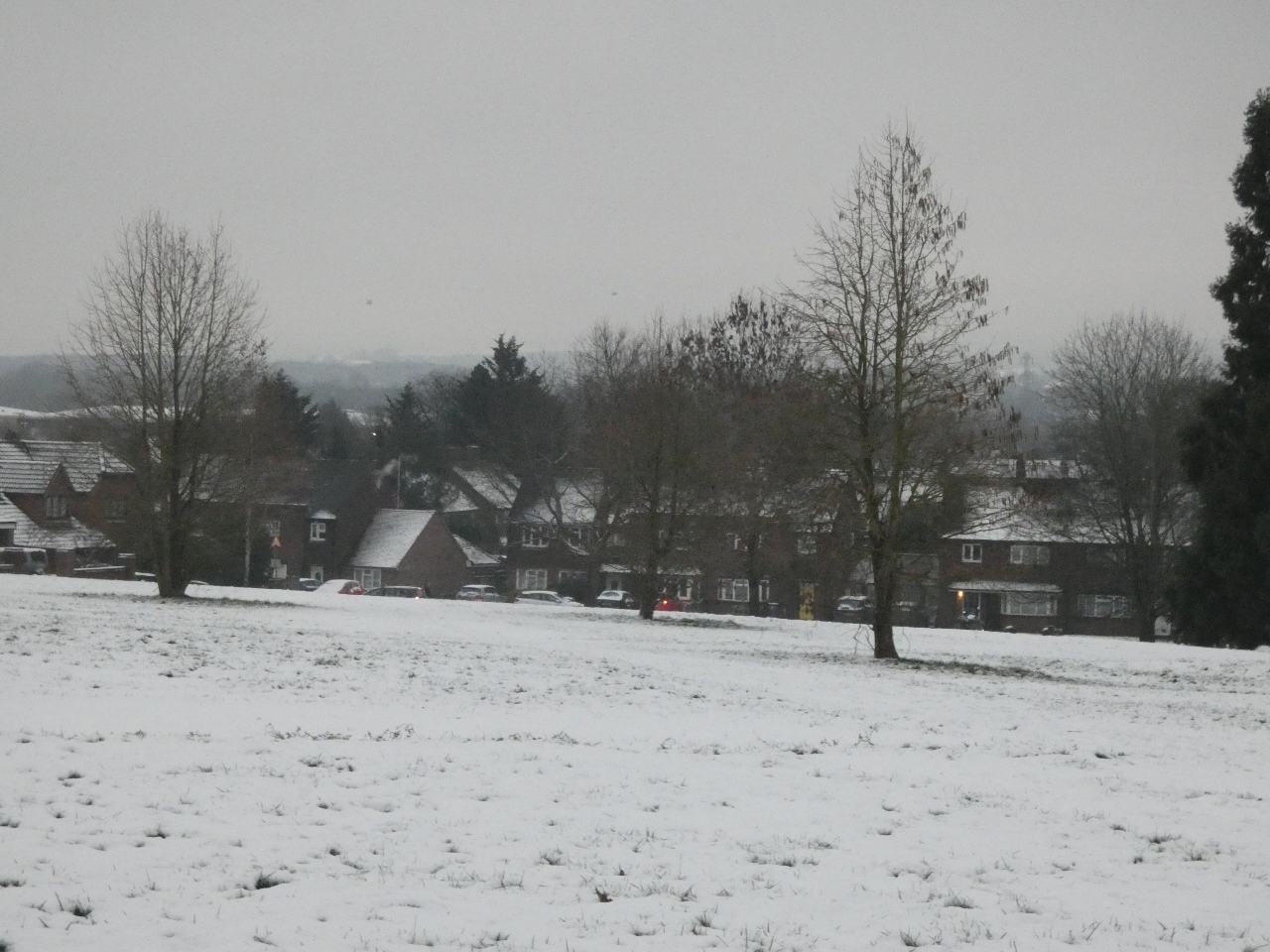


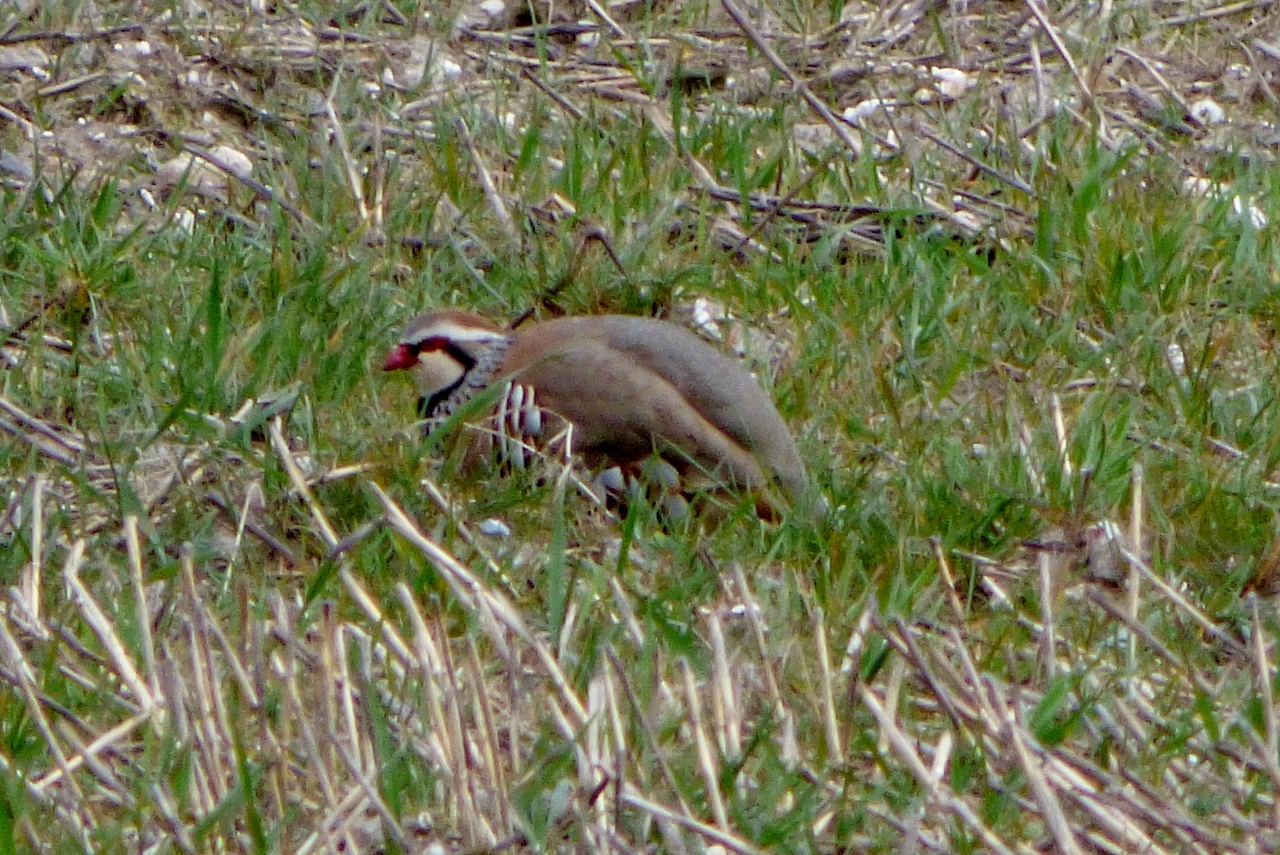

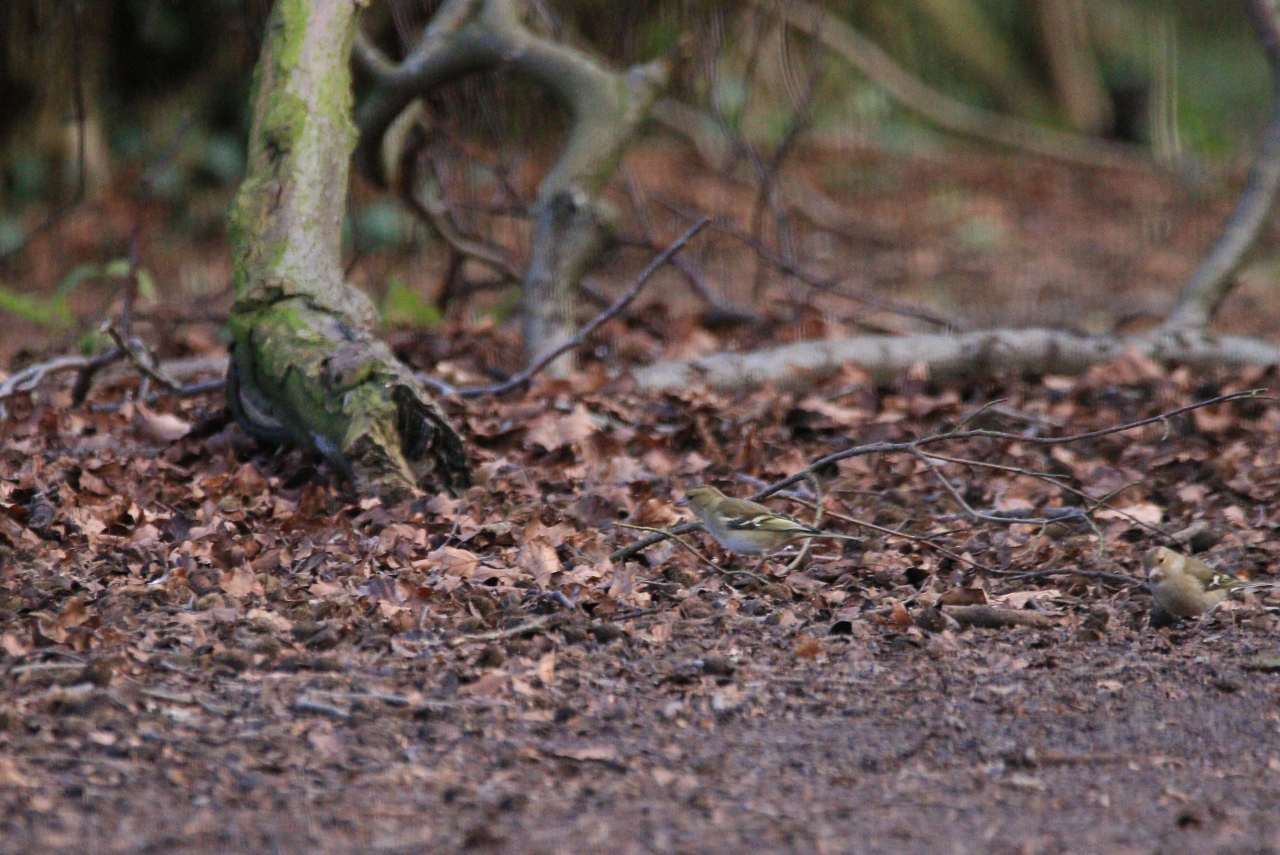

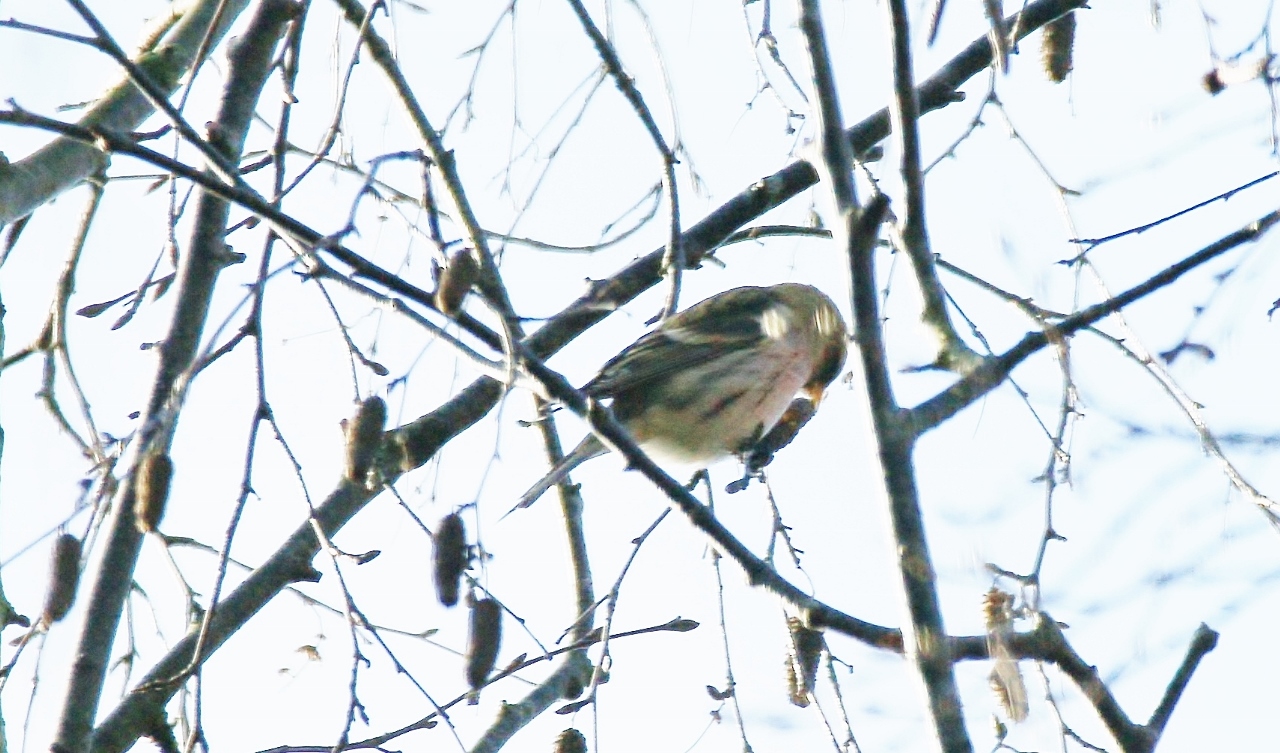


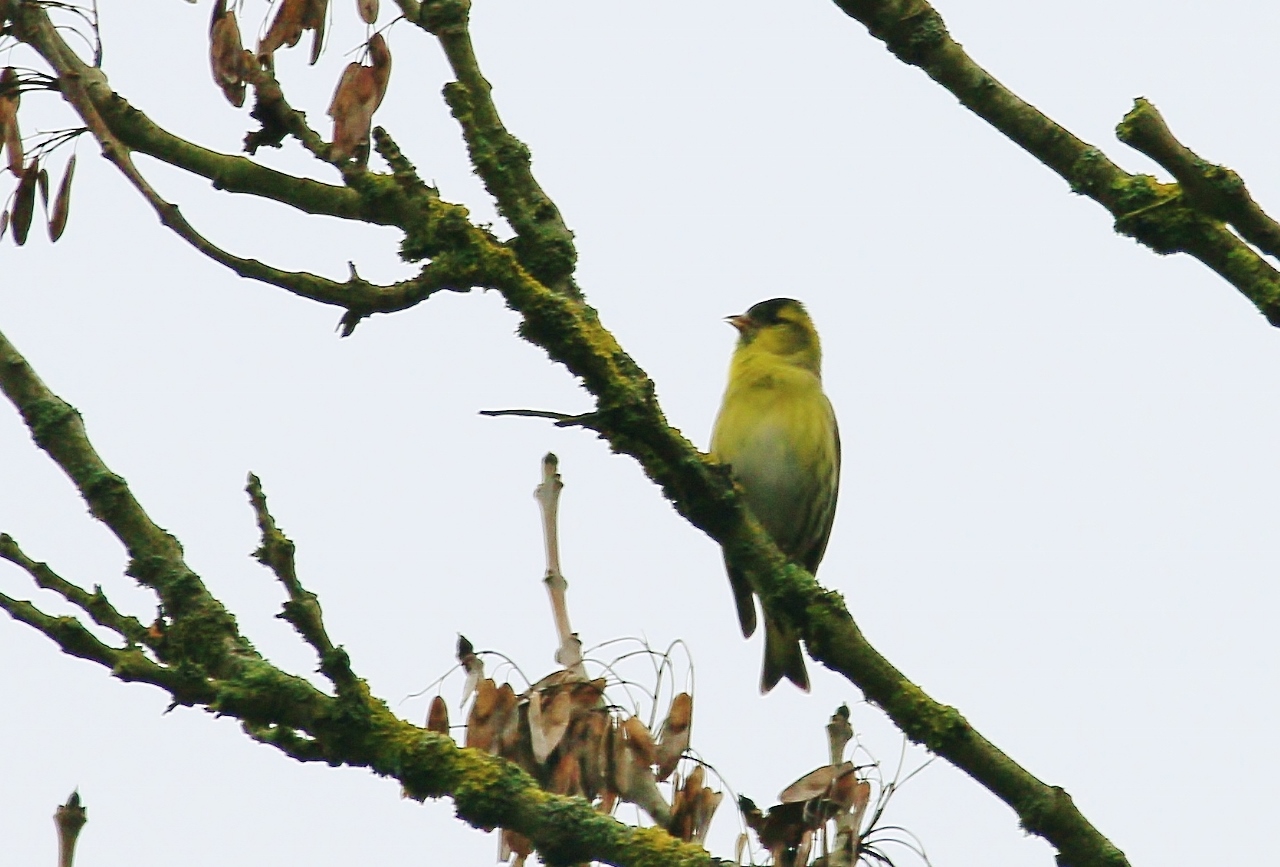



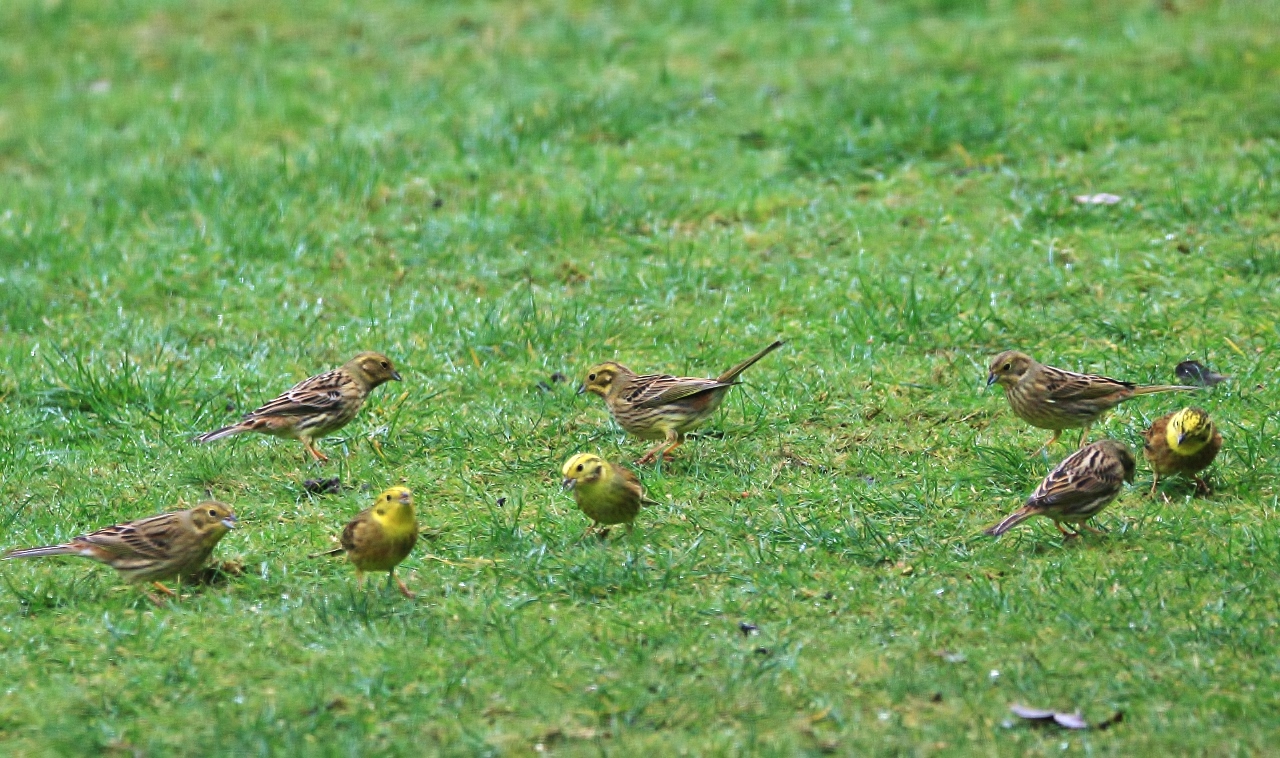


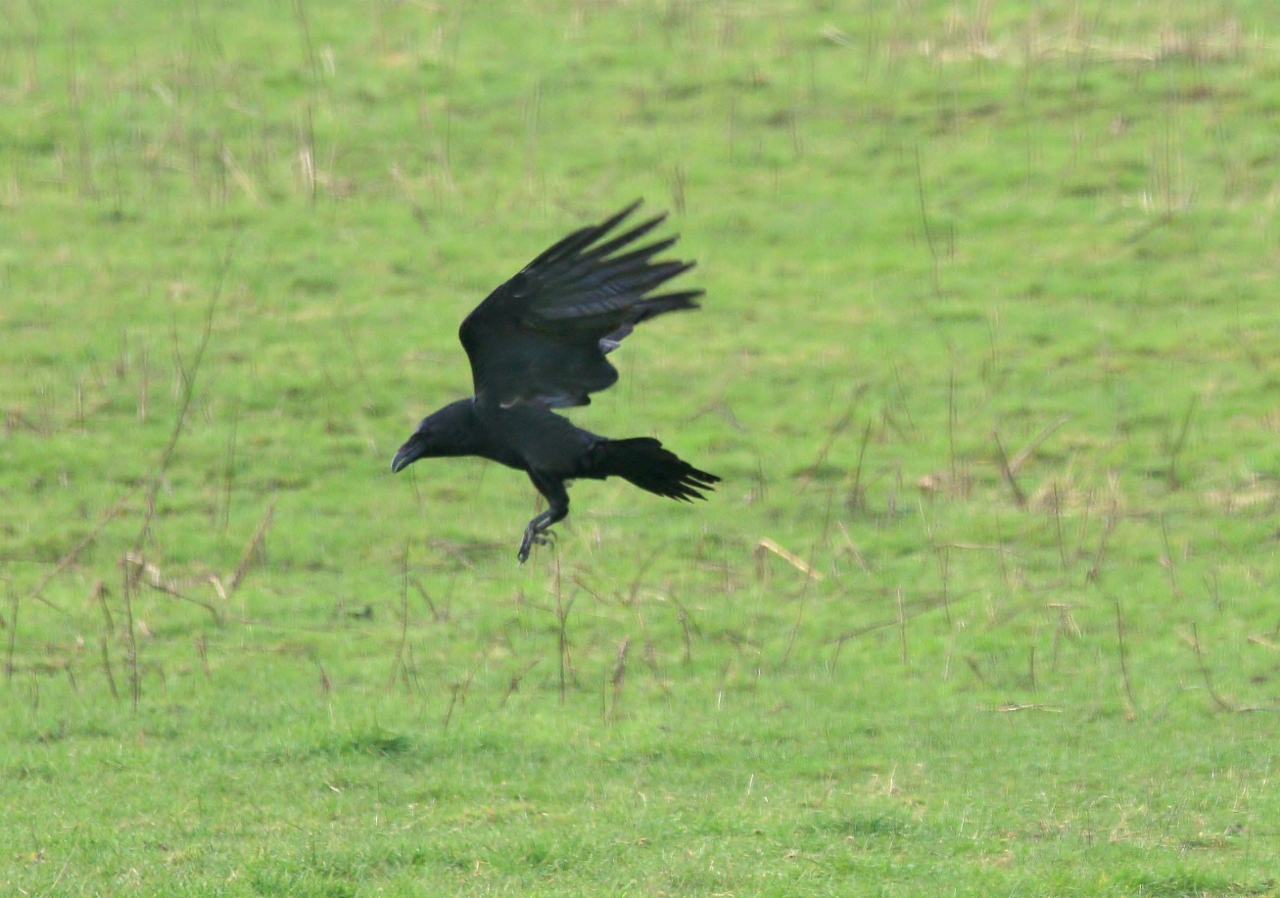
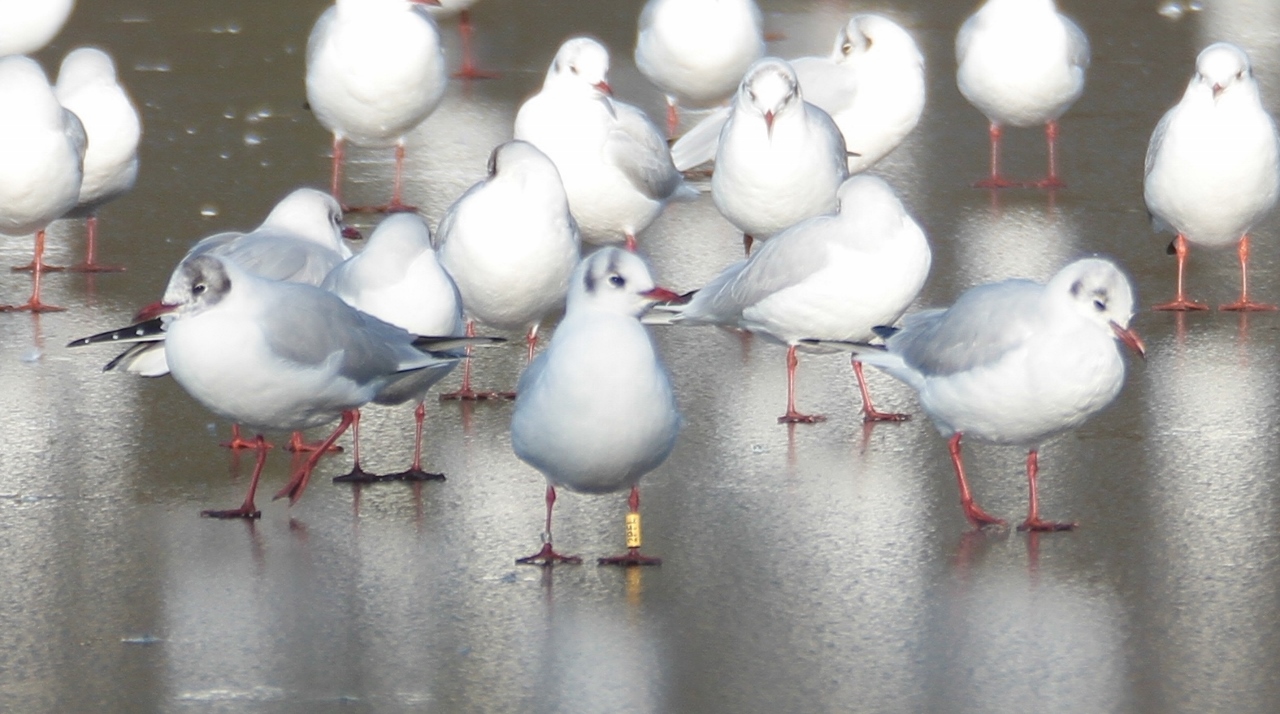
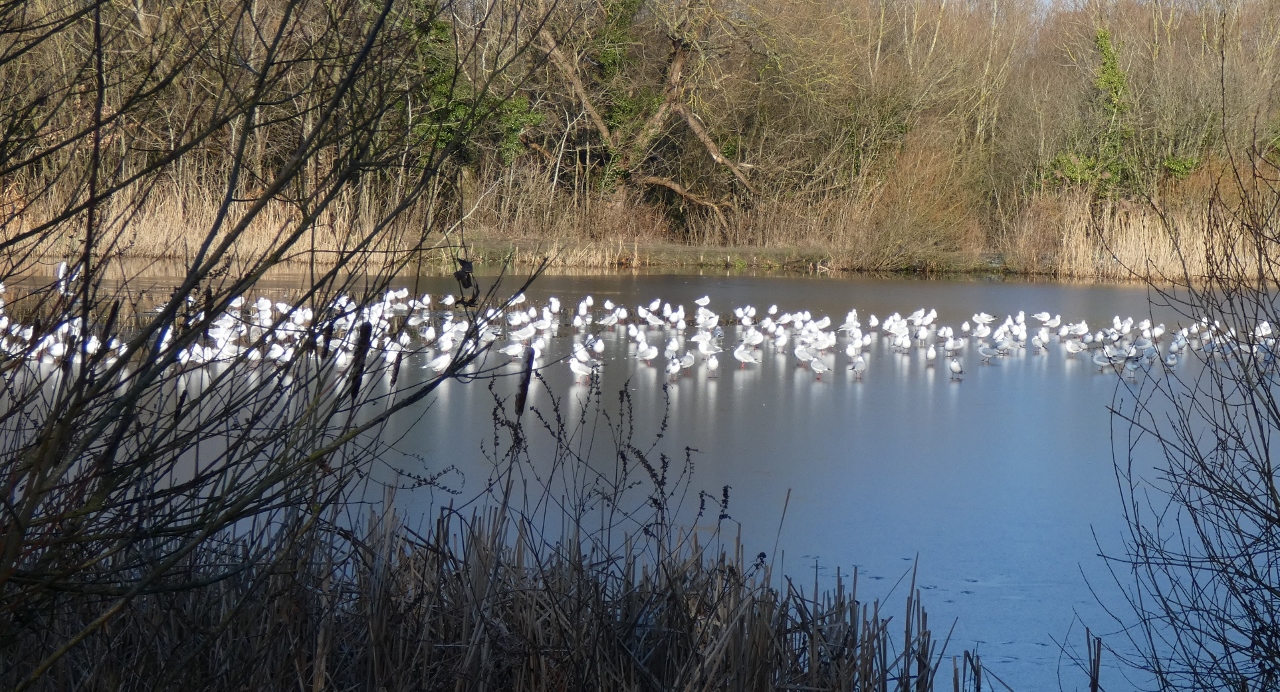

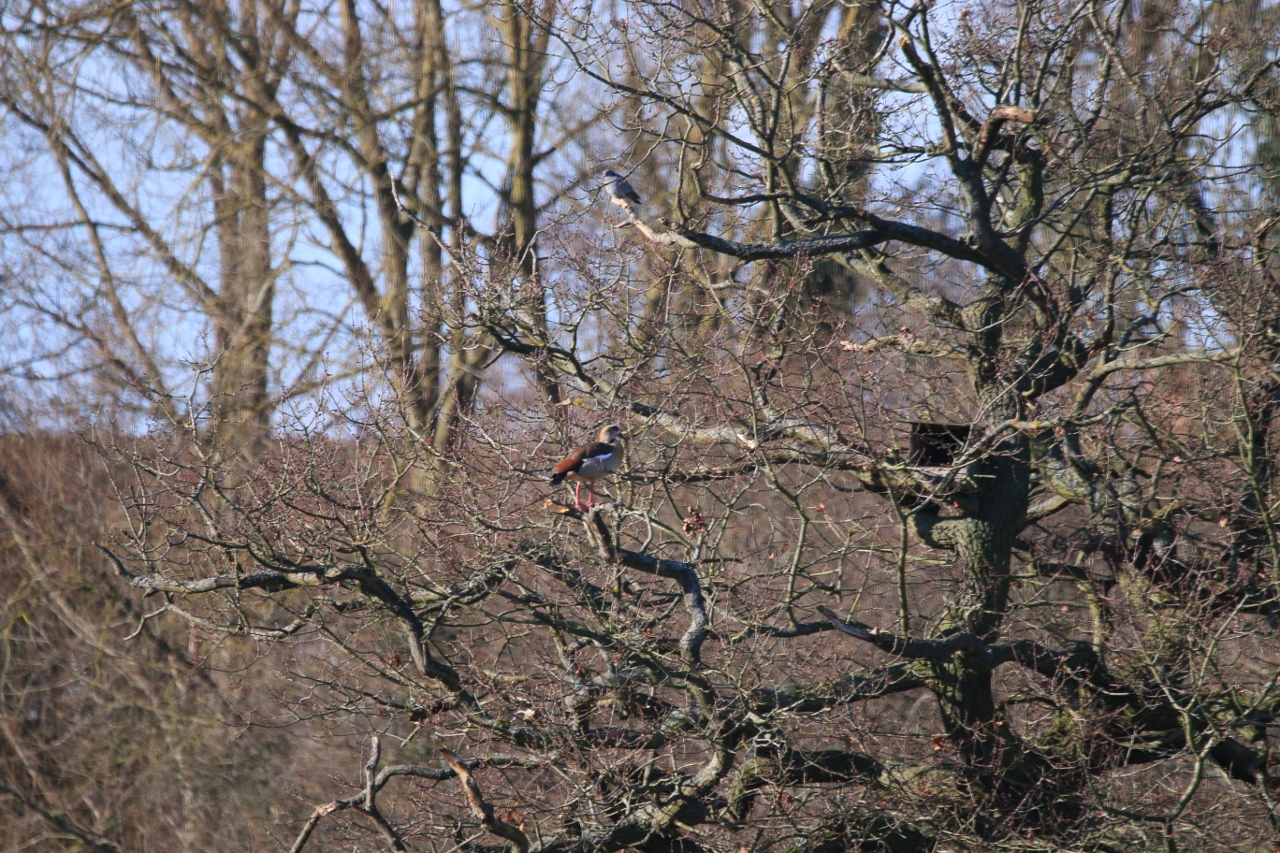
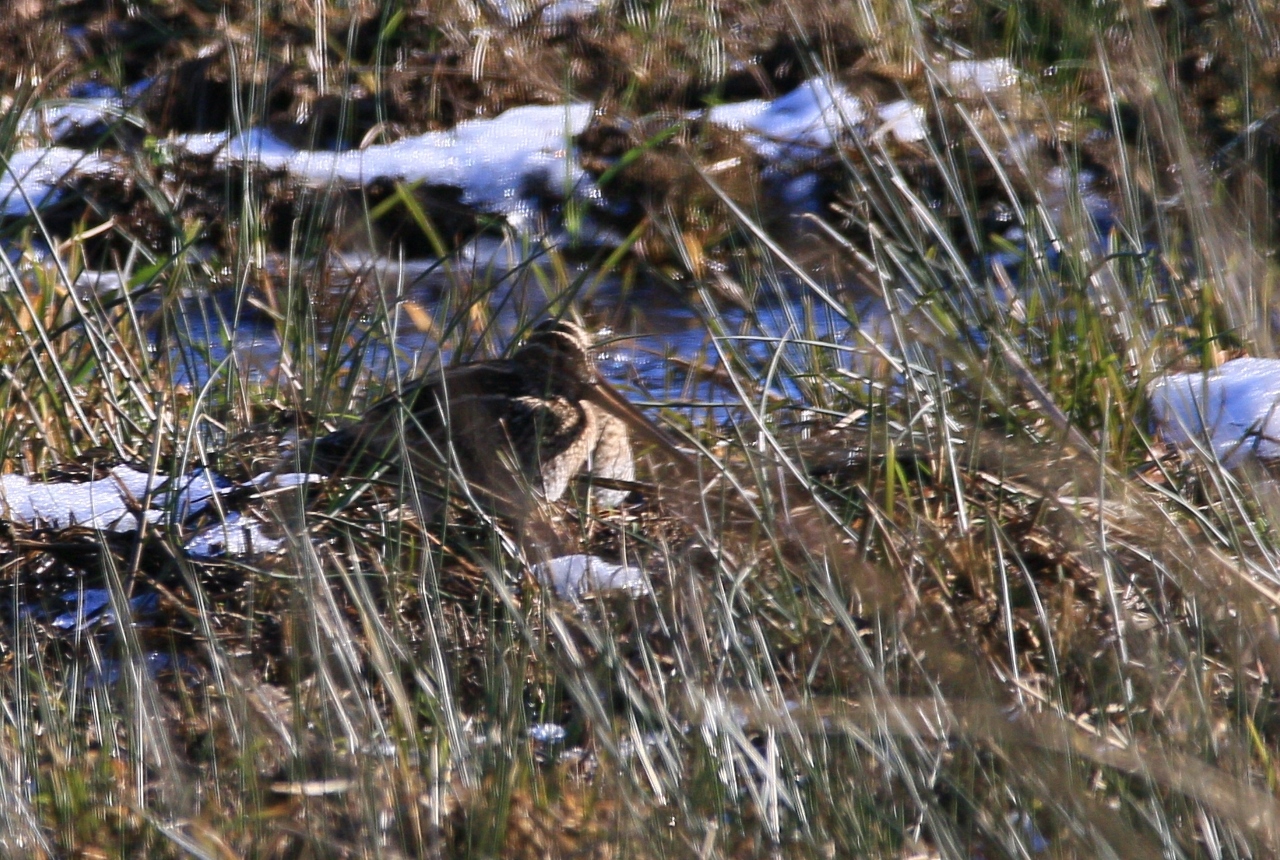
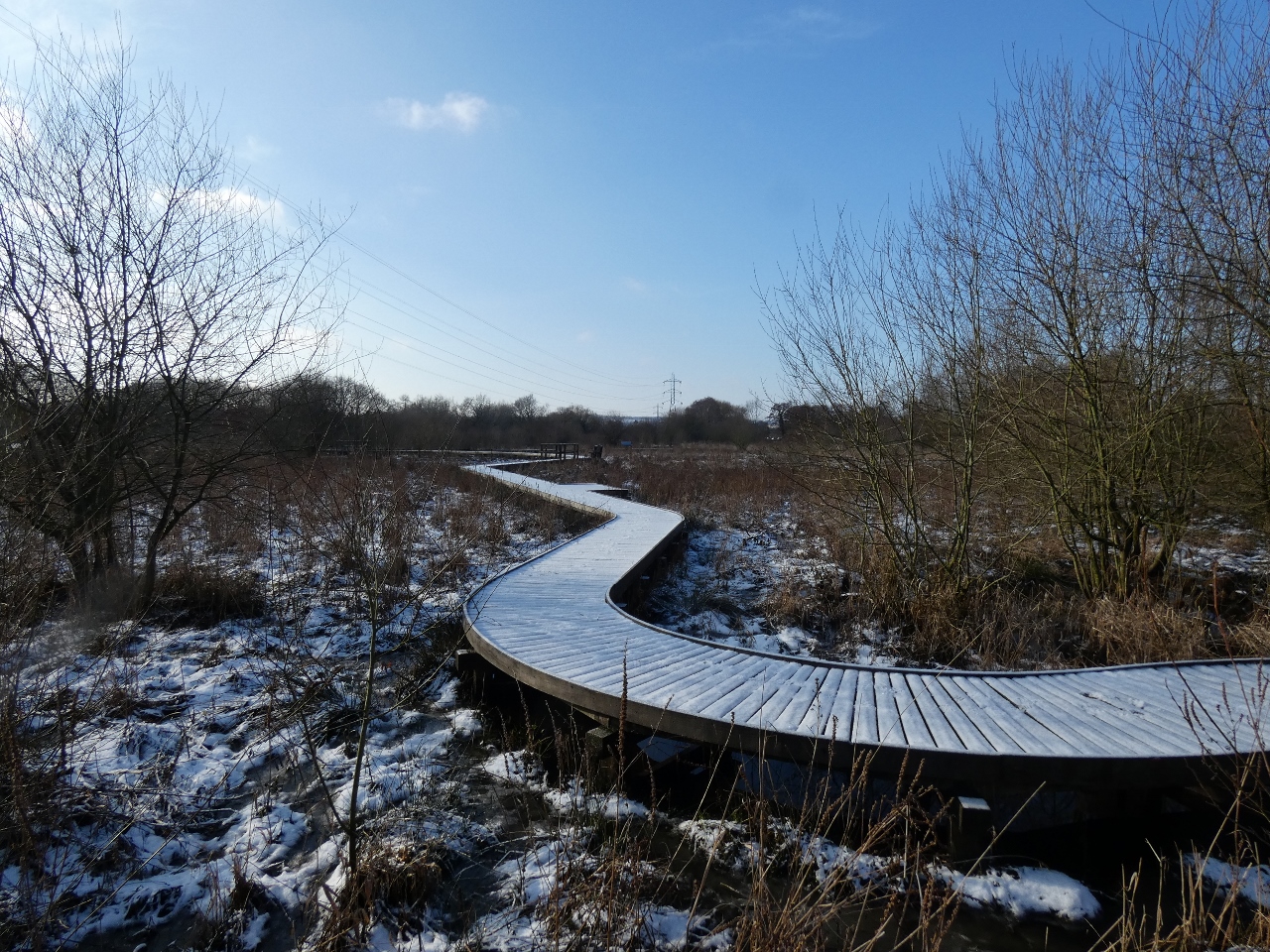
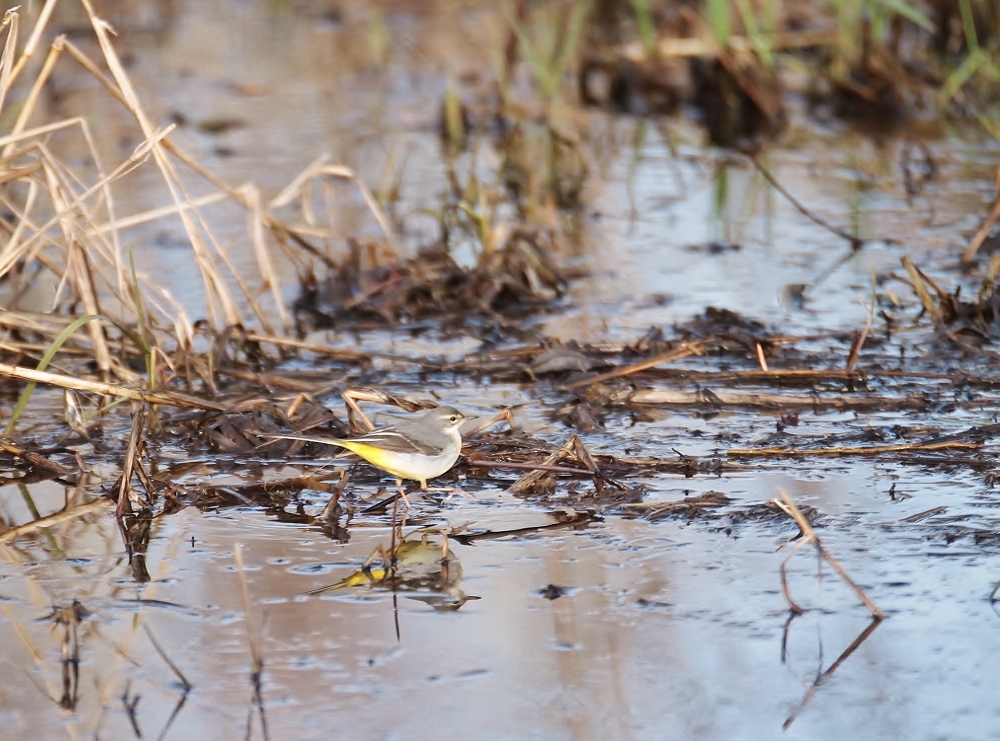

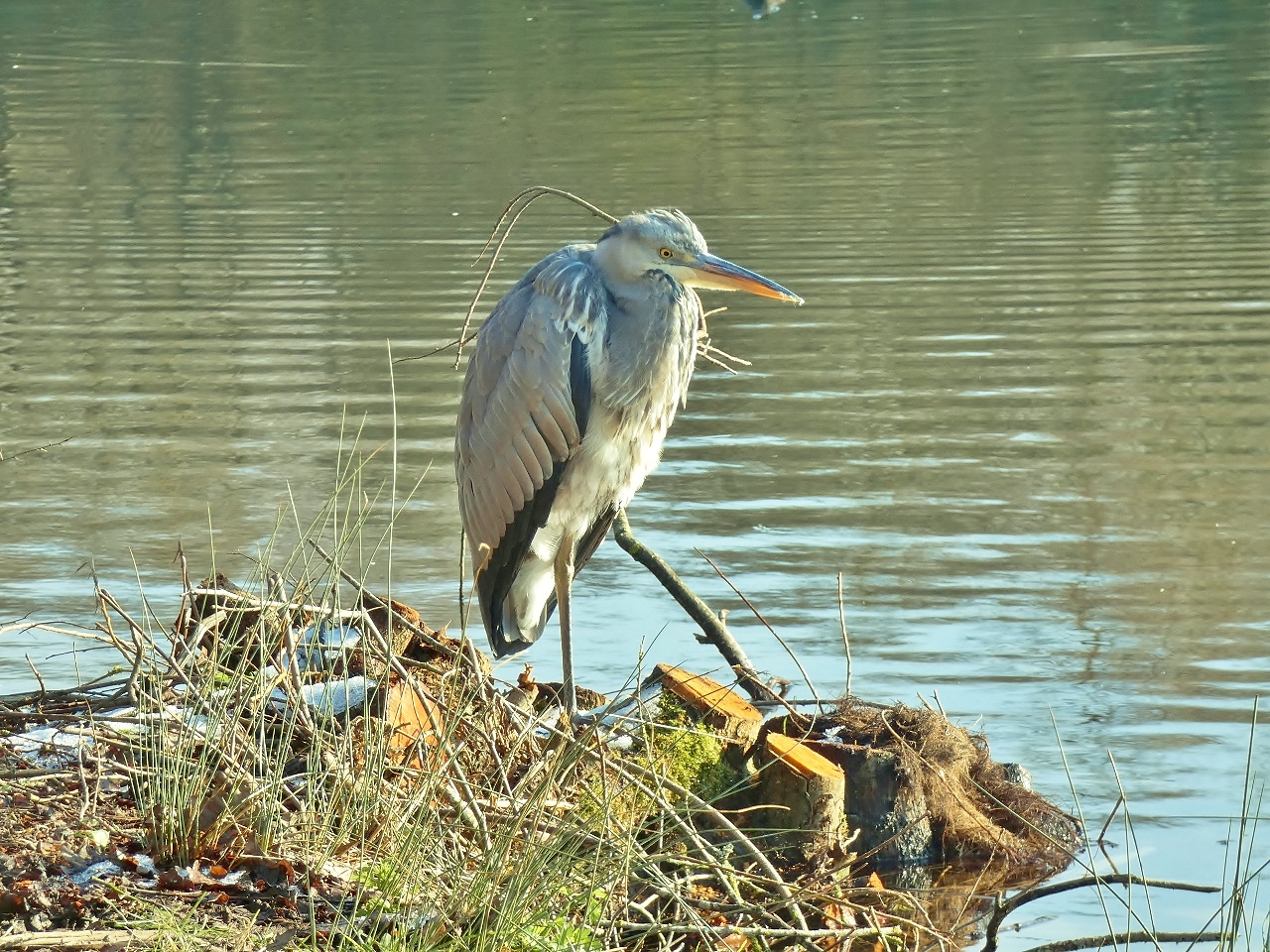
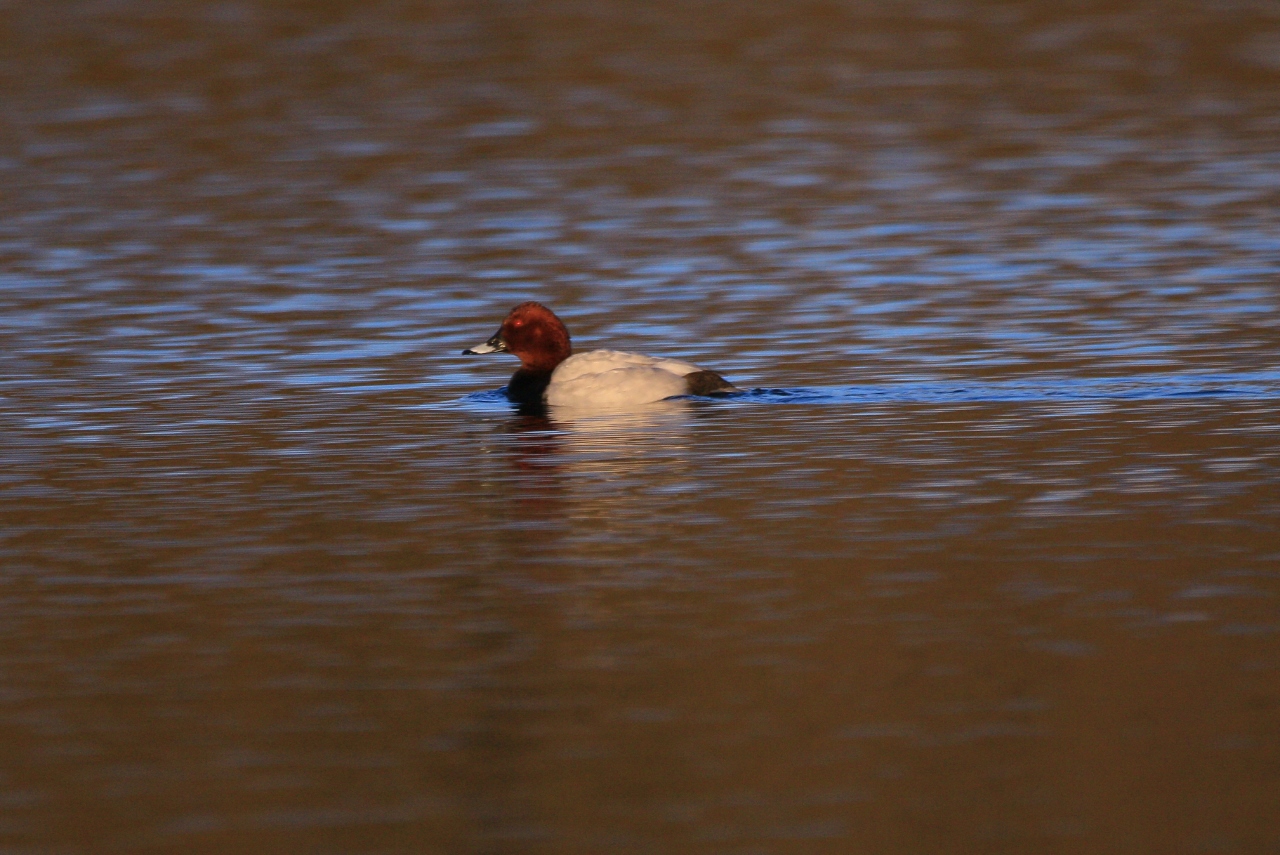





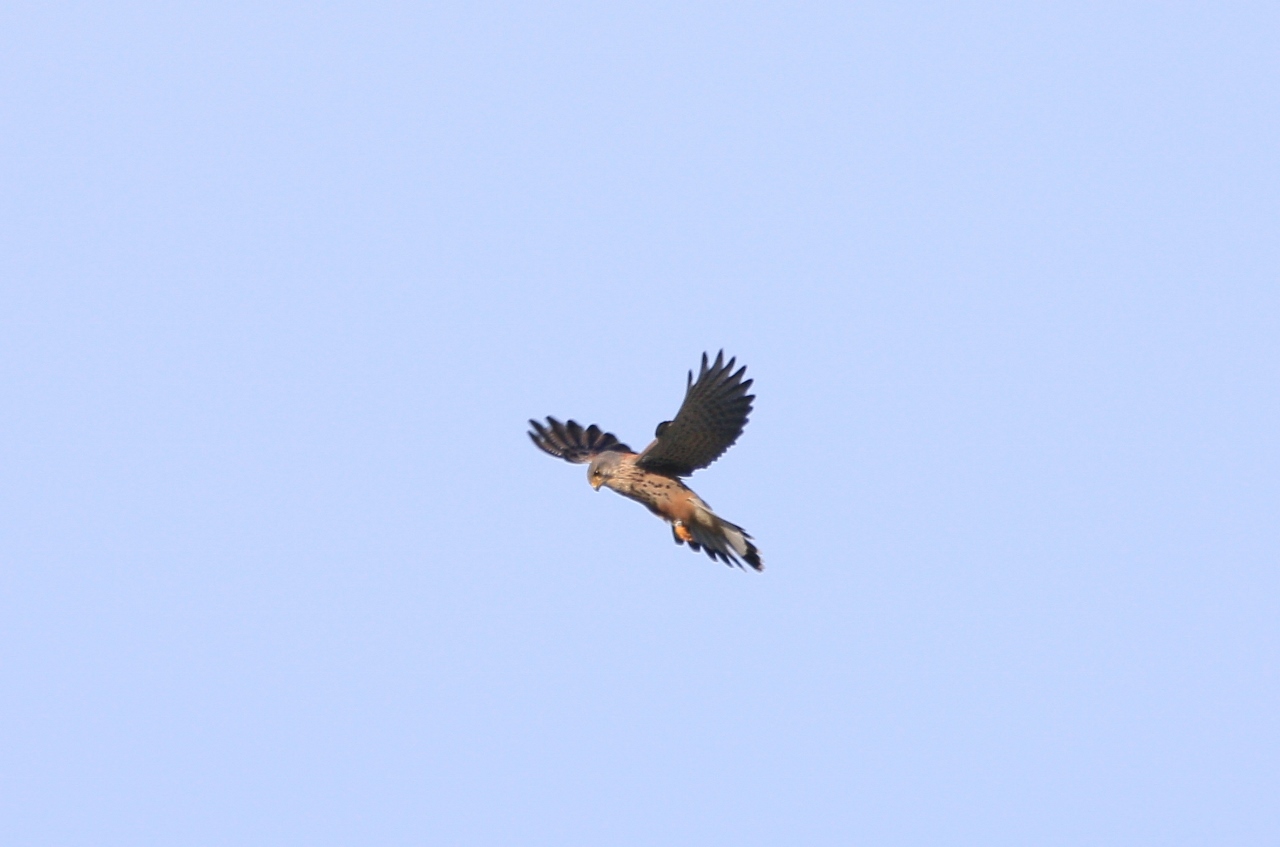
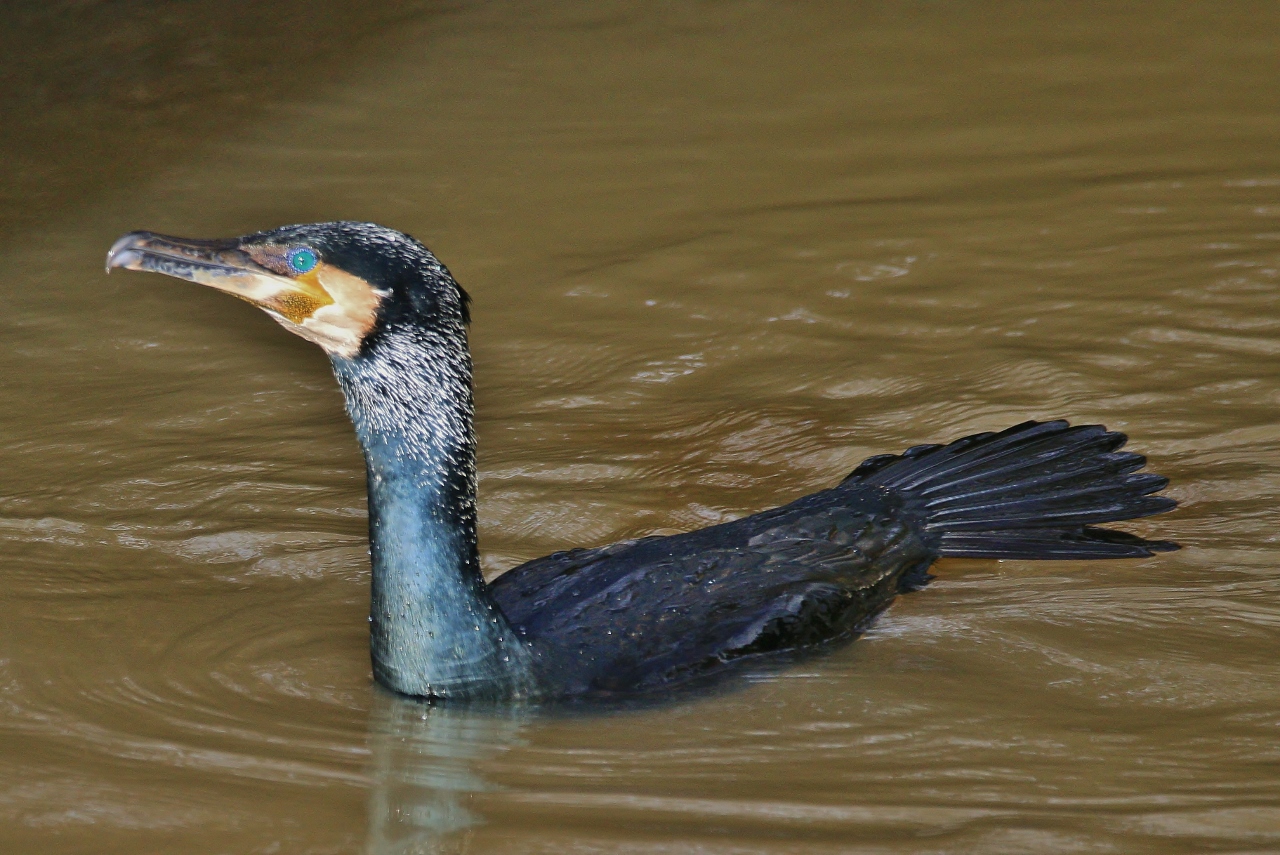
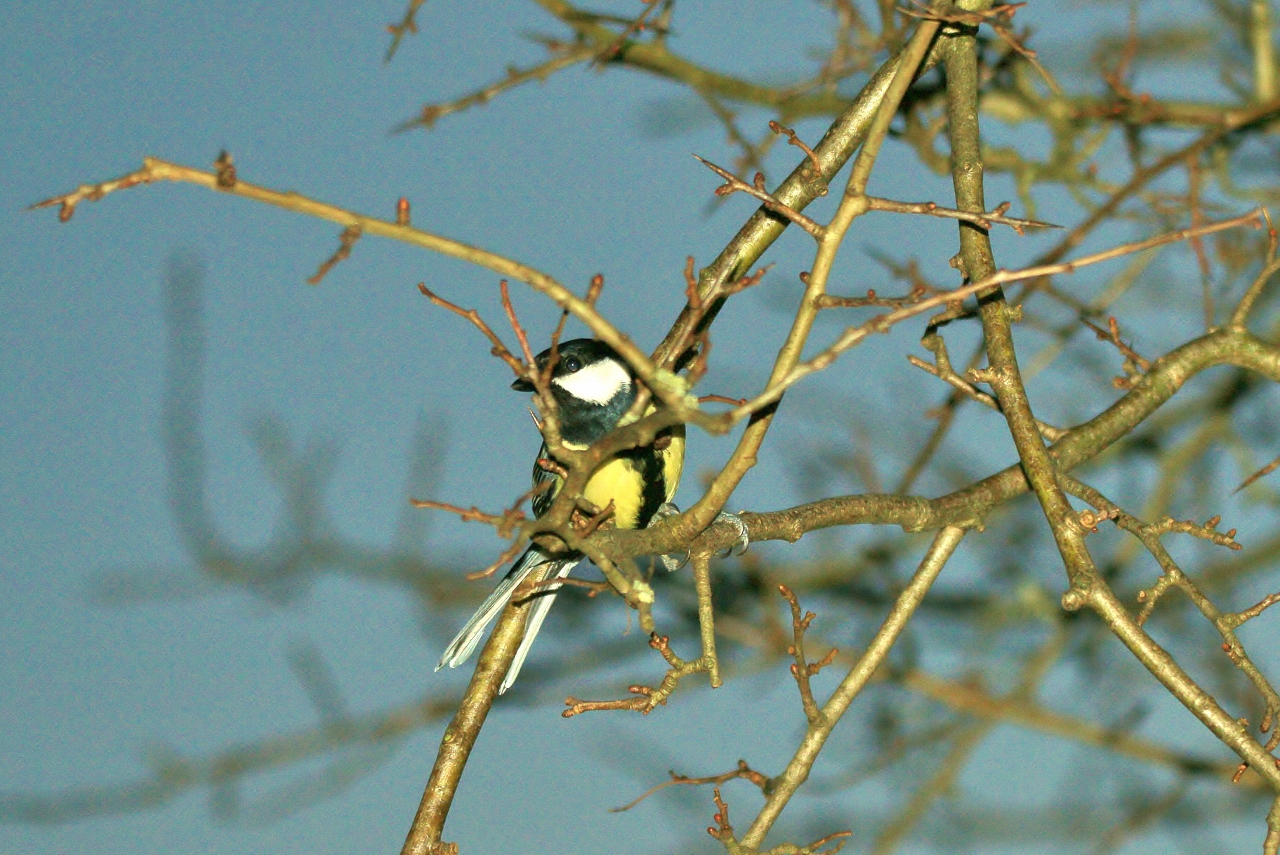

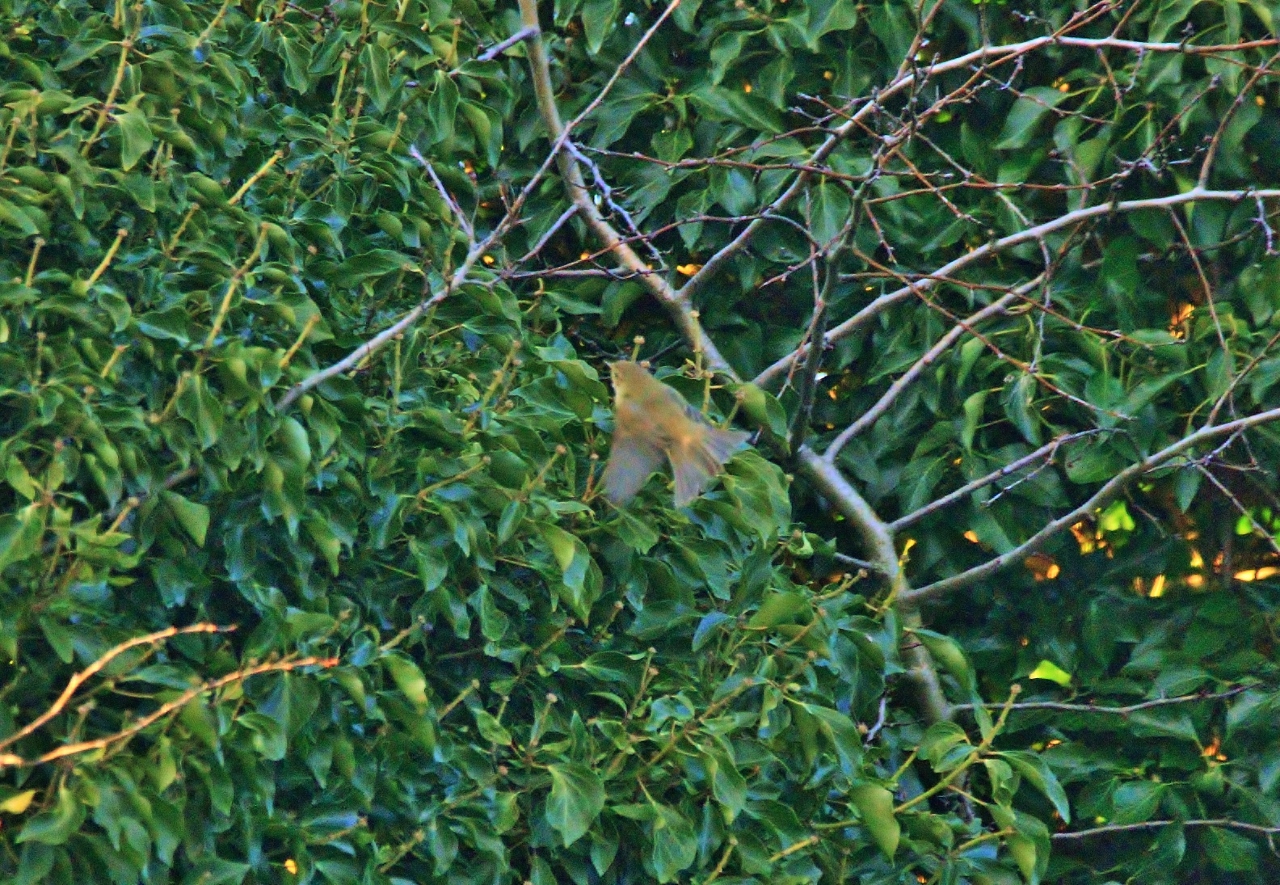
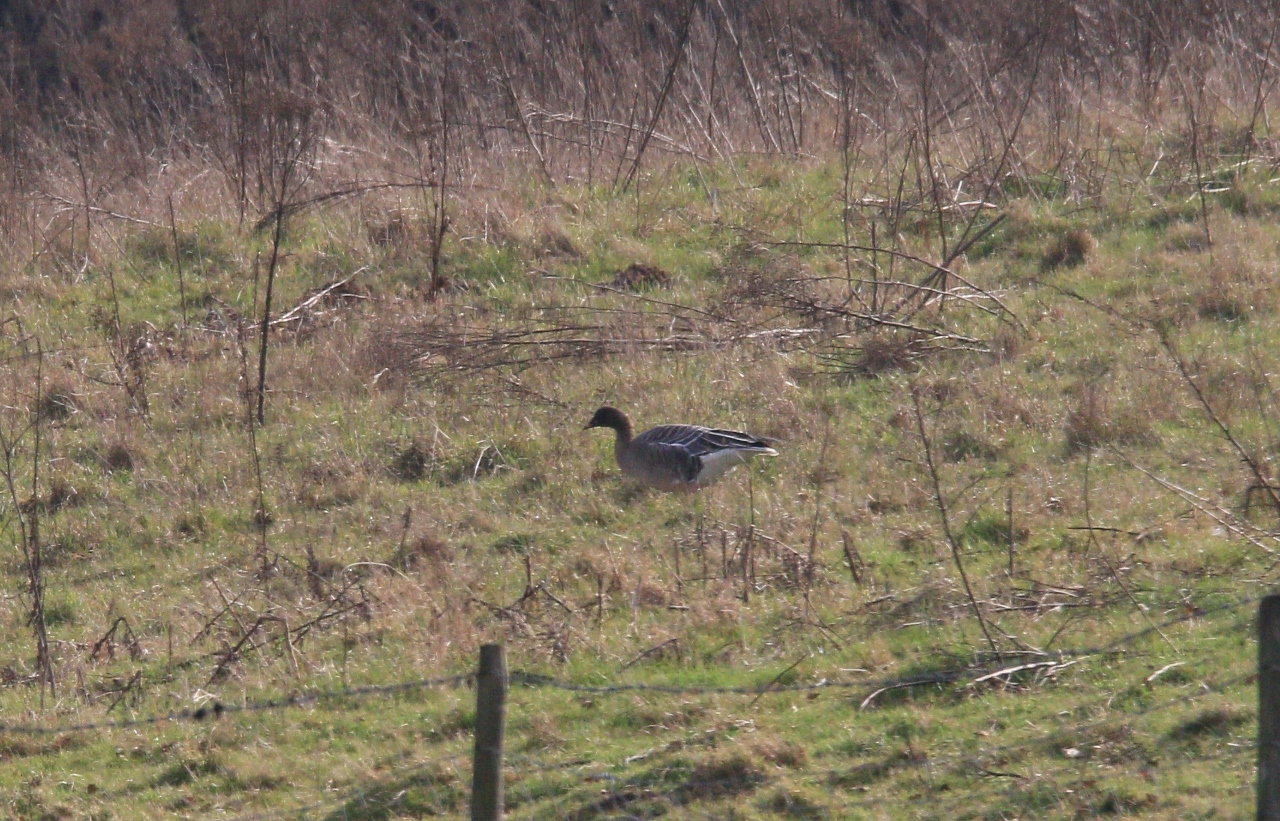

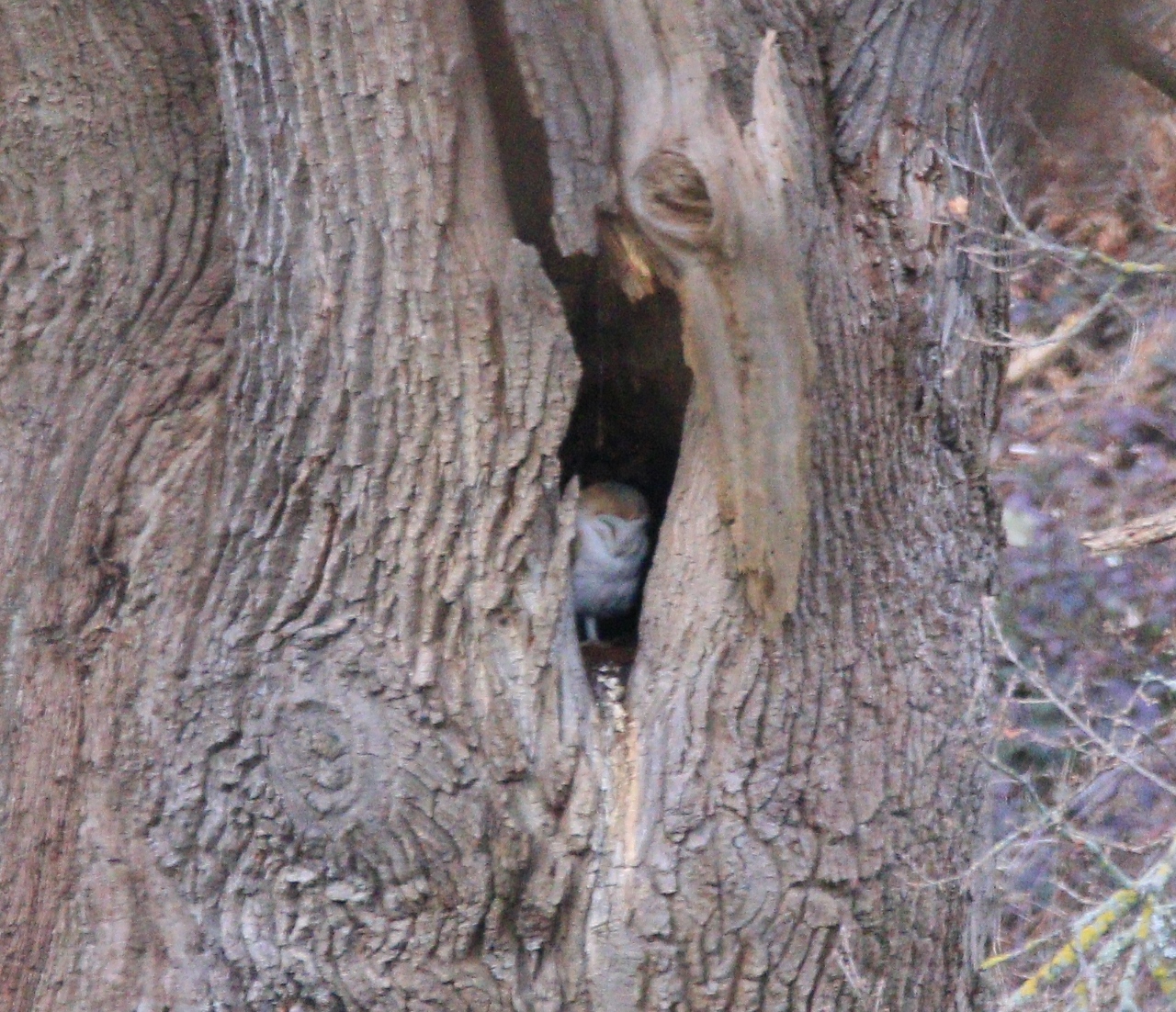


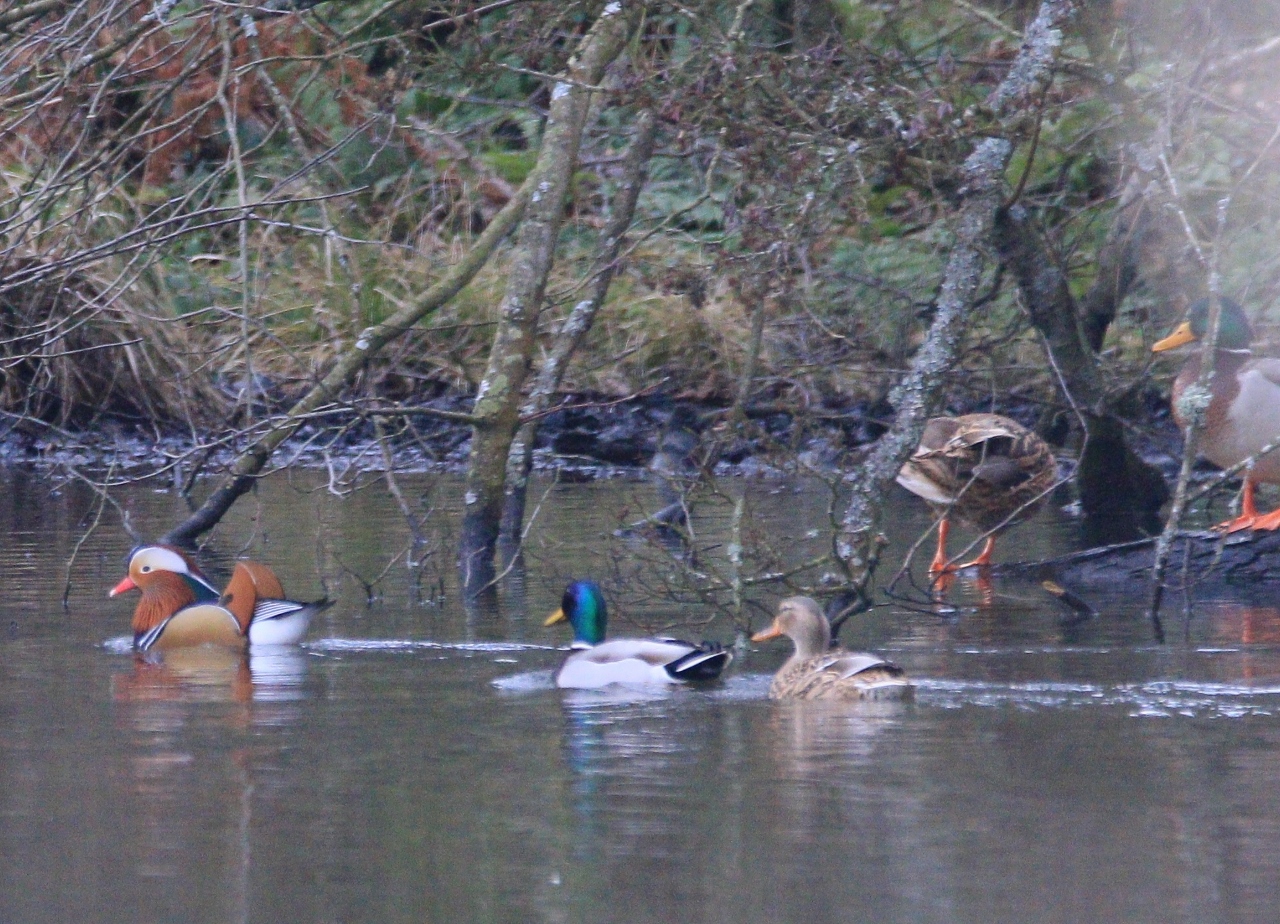


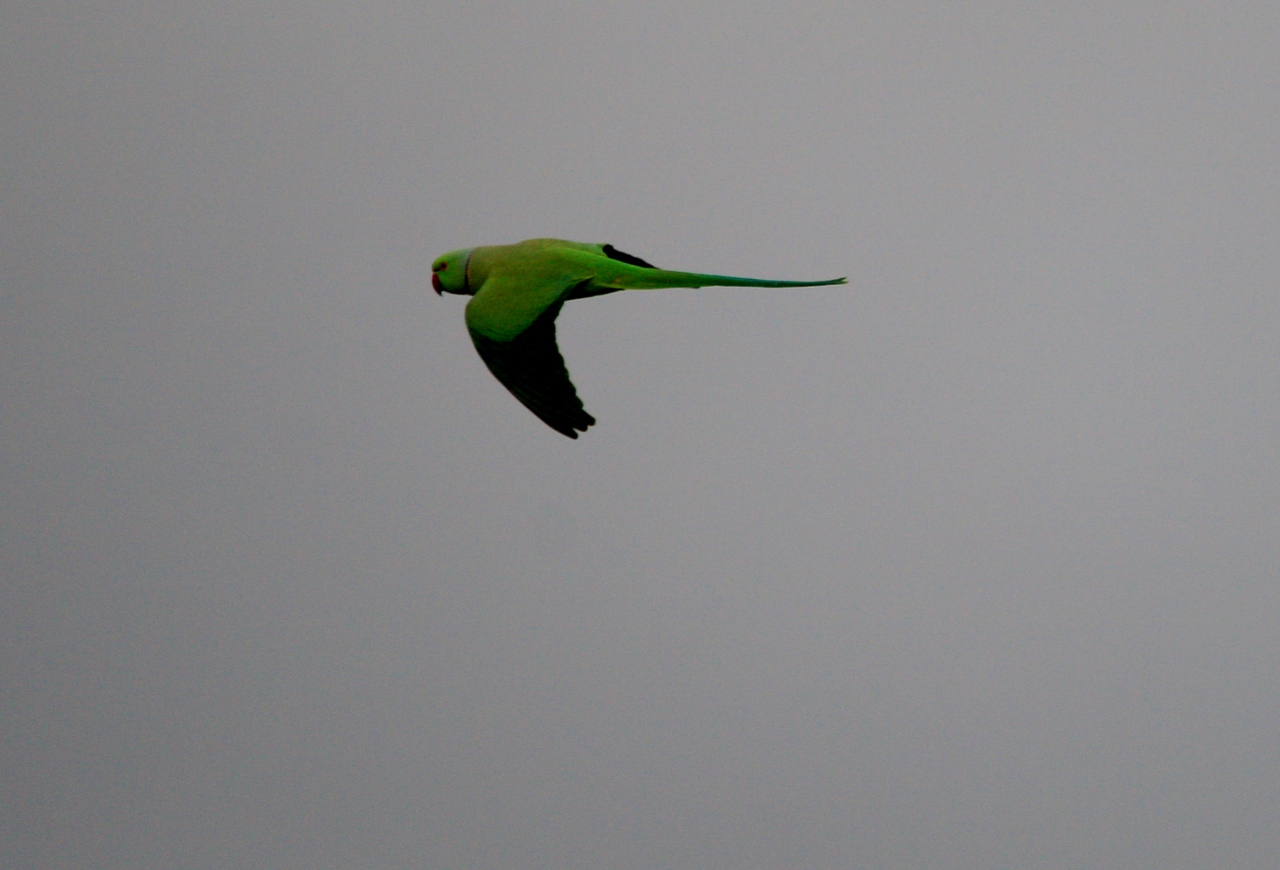

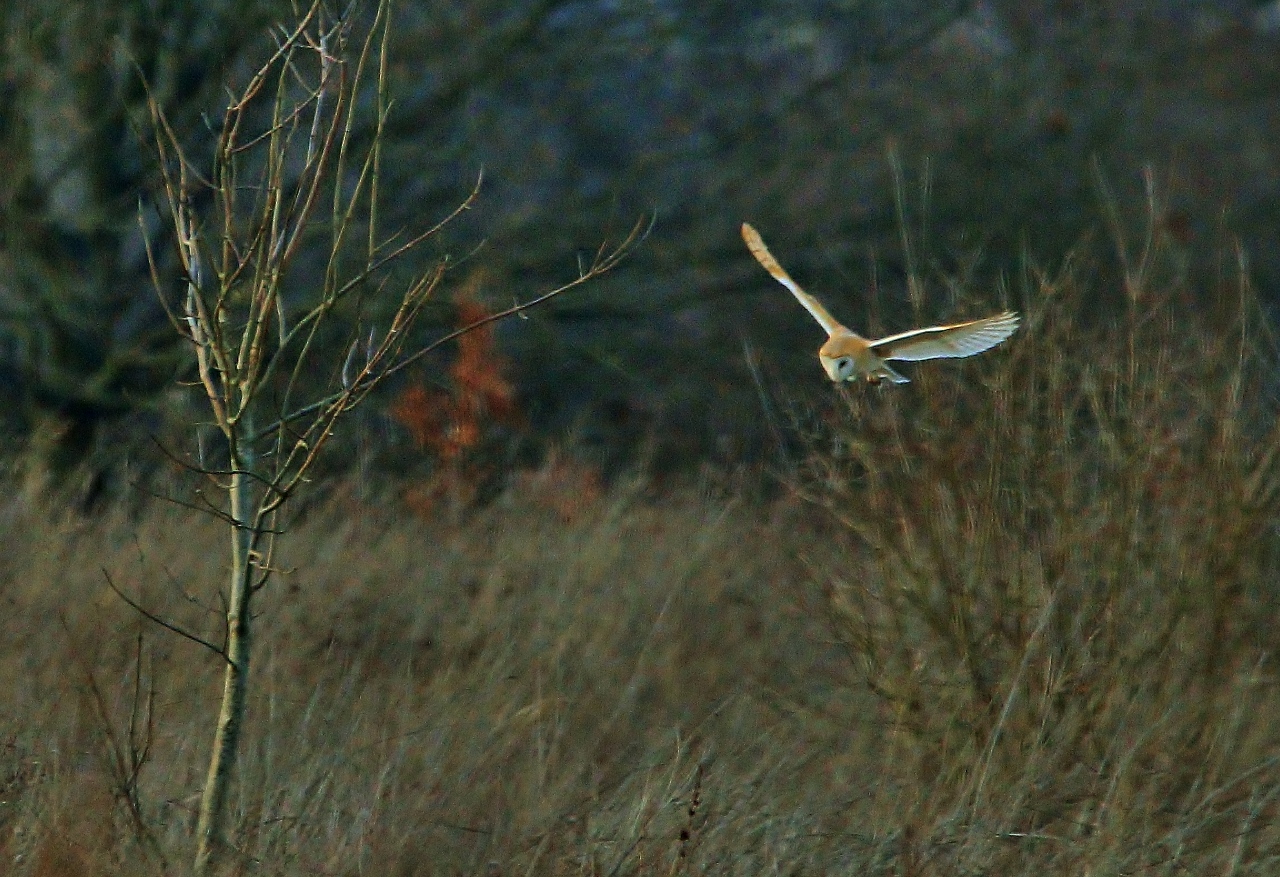







Recent Comments